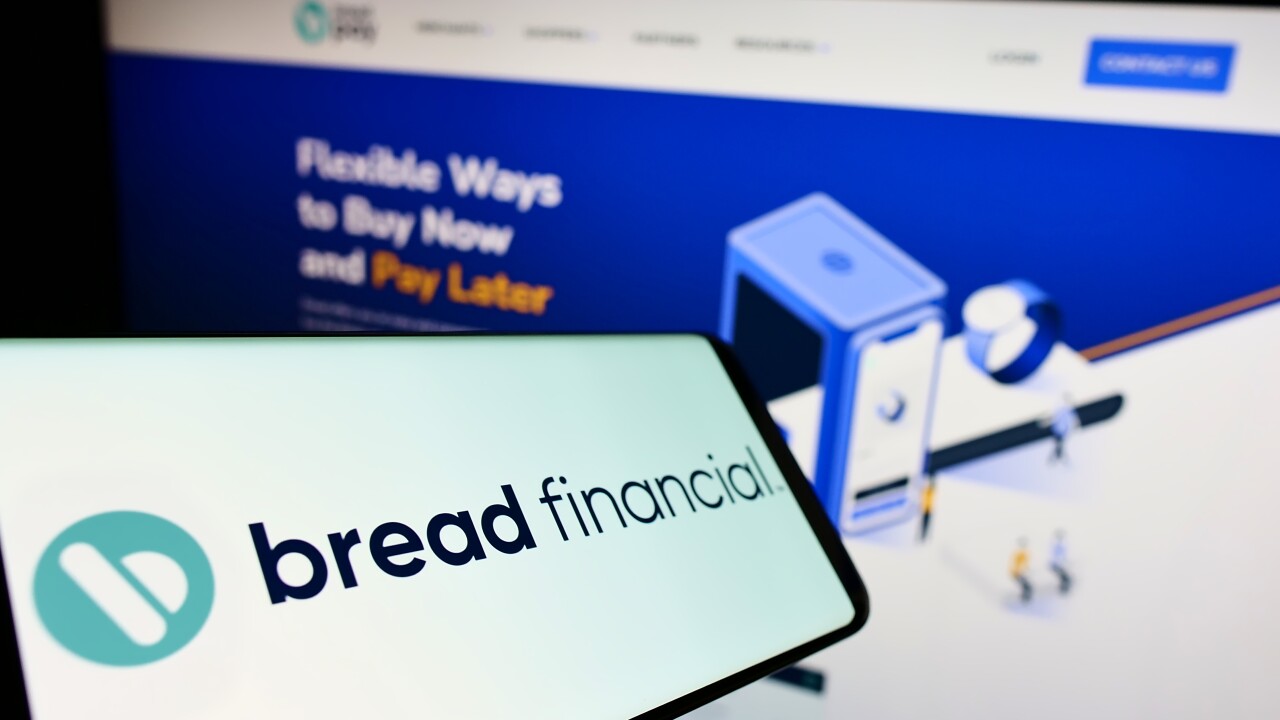Modern society is going through a crisis that could irrevocably change how people interact with one another. In response, supply chains are reshaping and adapting, remote work and communication are accelerating, and broader parts of the population are ordering everyday items online. So, as any industry must ask itself, what will the payments industry do to adapt to these new challenges?
For now, consumer demand is shifting from in-person to online, forcing retailers to ramp up online transaction capacity and diversify the types of payments they’re able to accept.
As consumers rely more on e-commerce for common household items and food, the payments industry will see growth in the direct-to-consumer (D2C) model. All aspects of the consumer experience — including payments — are controlled by one company.
However, the transition from retail to D2C should be strategic for businesses. In North America, the most common D2C payment options are debit and credit cards and PayPal, according to
The increased costs of setting up the logistics and payment options required could potentially offset any gains from utilizing the D2C model. Providing alternative payment options such as monthly subscriptions, using direct debits, online wallets or instant payments (such as the request-to-pay model) could be advantageous.
Consumers like having different payment options — and not just a few. Industry research shows consumers like to have at least seven different payment options, especially alternative payment options that offer flexible options in how they pay.
For instance, instant financing speeds up the transaction process for bigger purchases and makes it easier for consumers to get approved for credit. For e-commerce retail, the try-before-you-buy option allows customers to receive a product and then test it out, or send it back at no cost, before they buy it. It helps to replicate the experience of trying a product in a brick-and-mortar store and eliminates potential barriers for consumers who are worried about the return/refund process.
Once stores and restaurants reopen on a wider scale, it’s likely that Americans will embrace embedded payments in a way they haven’t before. Embedded payments allow consumers to simply pay by tapping their cards to an in-store point-of-sale terminal, requiring virtually no physical touch.
We can expect contactless payments via phone wallets or cards to become more and more common in the U.S. (and worldwide) moving forward, meaning merchants and payment facilitators will need to quickly find ways to offer these contactless payments at the point of sale.
Payment companies need to seize the moment and adapt fast by adding card-not-present options, and ISVs have the opportunity to quickly enable direct-to-consumer ordering applications. In this “new normal,” ISVs and payment facilitators should be prepared by partnering with a payments processor that can help them quickly adapt and scale new payment methods.





